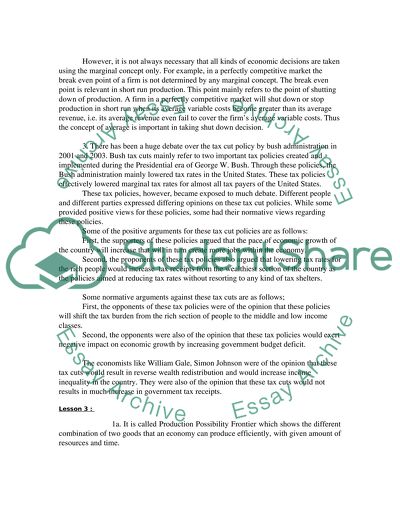Cite this document
(“MicroL4 Essay Example | Topics and Well Written Essays - 1000 words”, n.d.)
Retrieved from https://studentshare.org/environmental-studies/1409647-microl4
Retrieved from https://studentshare.org/environmental-studies/1409647-microl4
(MicroL4 Essay Example | Topics and Well Written Essays - 1000 Words)
https://studentshare.org/environmental-studies/1409647-microl4.
https://studentshare.org/environmental-studies/1409647-microl4.
“MicroL4 Essay Example | Topics and Well Written Essays - 1000 Words”, n.d. https://studentshare.org/environmental-studies/1409647-microl4.


